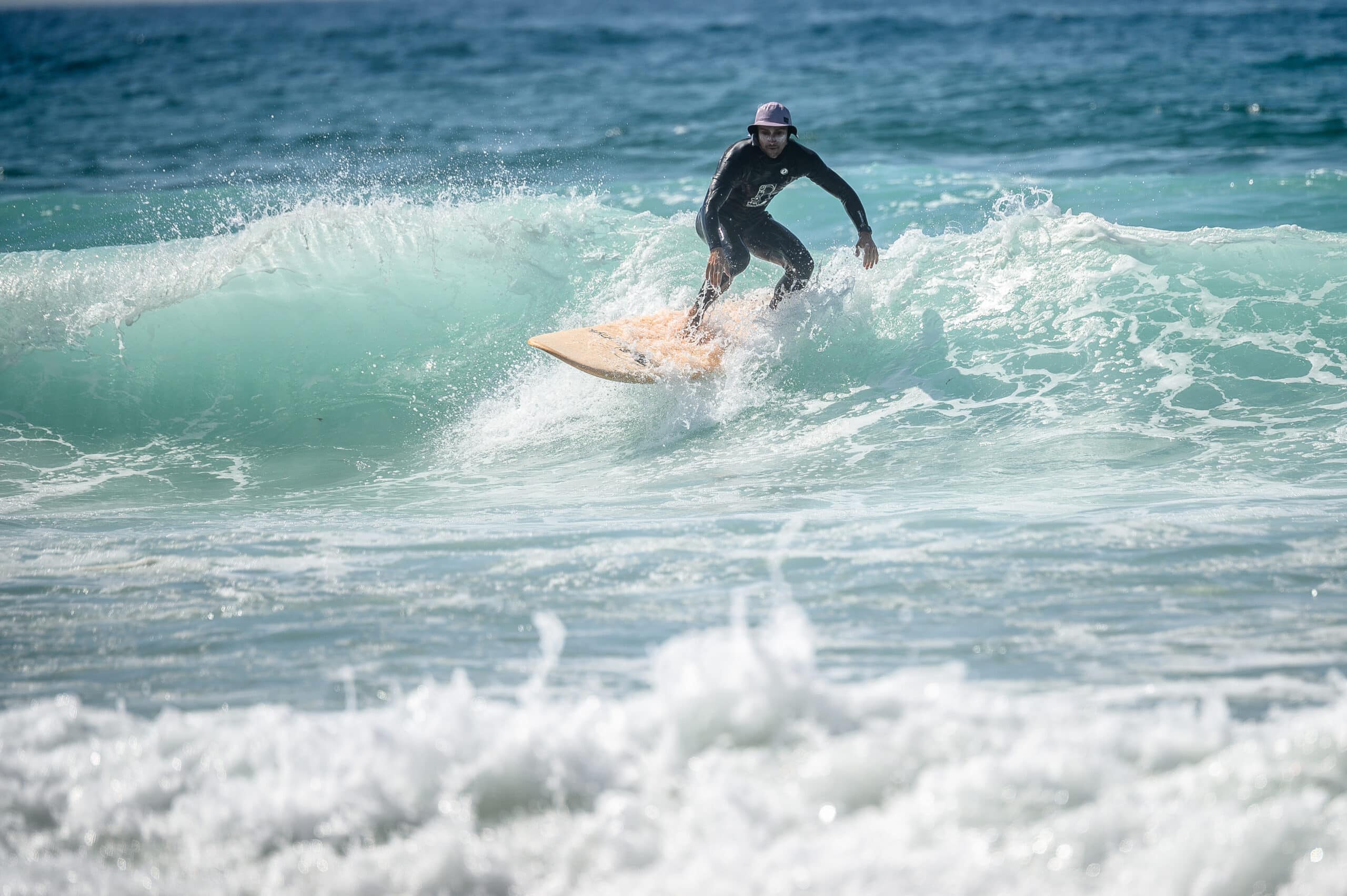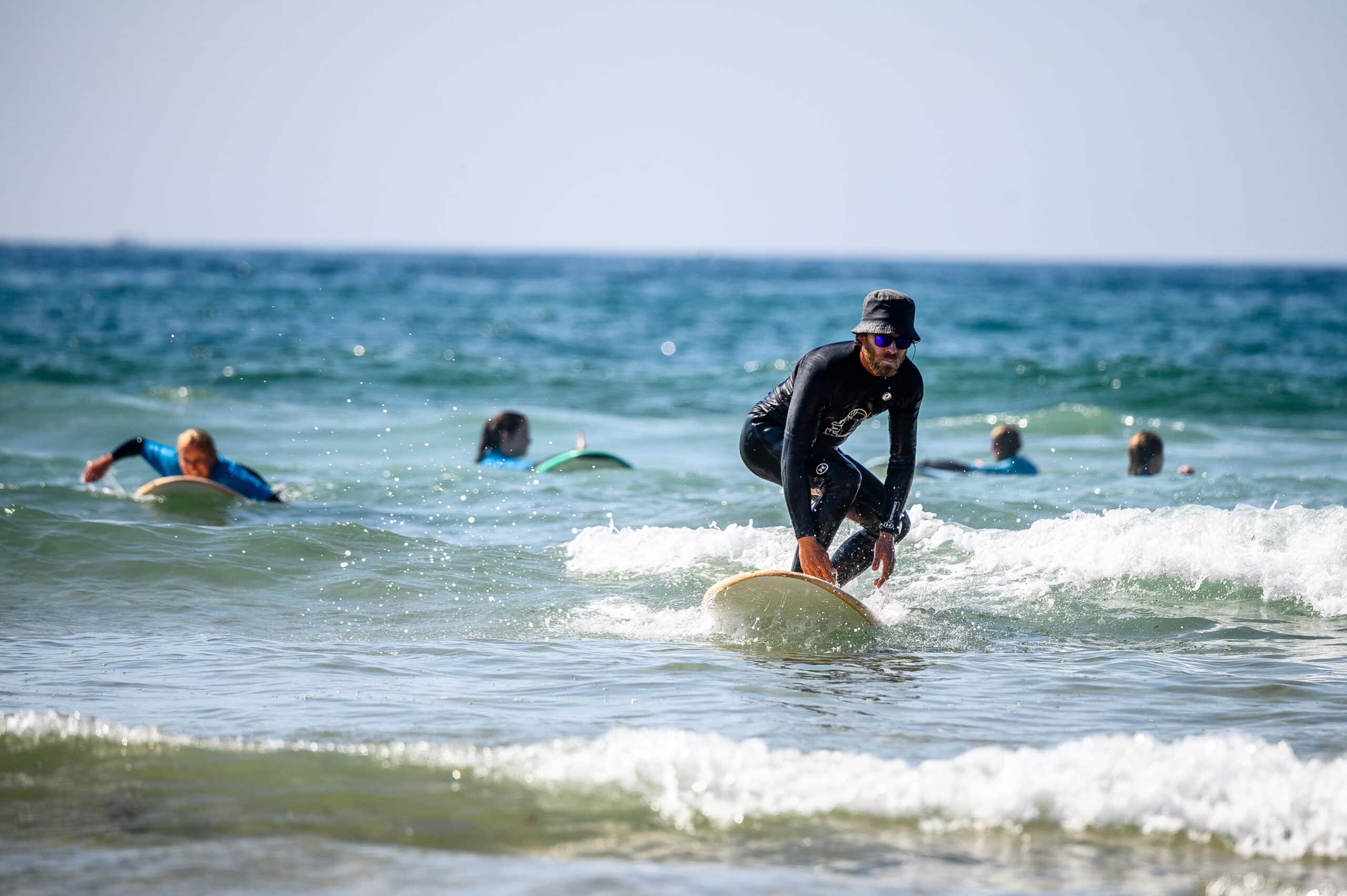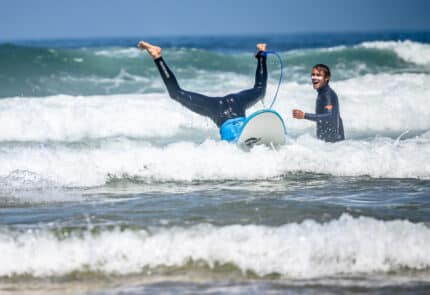Riding the Waves Safely: Understanding the Dangers of UV

Surfers, with their love for the ocean’s embrace and the thrill of riding waves, often find themselves exposed to the sun’s powerful ultraviolet (UV) radiation. While the sun’s rays offer warmth and light, prolonged exposure poses significant risks to surfers’ skin health. Understanding the dangers of UV radiation and implementing effective protection measures are crucial steps in ensuring surfers can enjoy their passion safely.
UV radiation
Comprising UVA and UVB rays, penetrates the skin’s outer layers, causing a range of harmful effects. One immediate consequence of overexposure is sunburn, characterized by redness, pain, and blistering. Beyond the discomfort, sunburn damages the skin’s DNA, increasing the risk of skin cancer in the long term. Surfers, spending extended hours under the sun’s glare, are particularly vulnerable to sunburn and its associated health risks.
Furthermore, UV radiation accelerates skin aging, leading to wrinkles, fine lines, and age spots. Chronic sun exposure without adequate protection can also weaken the skin’s immune system, making it more susceptible to infections and other skin disorders. The cumulative effects of UV radiation underscore the importance of proactive sun protection measures for surfers seeking to safeguard their skin and overall well-being.
Protection
Surfers can adopt various strategies to protect themselves from UV radiation while enjoying their time in the water. The most fundamental measure is the application of sunscreen with a high Sun Protection Factor (SPF). Surfers should opt for broad-spectrum sunscreens that shield against both UVA and UVB rays, ensuring comprehensive protection against sunburn and long-term skin damage.
Water-resistant sunscreens such as zing sticks are essential for surfers, as they remain effective even when exposed to water and sweat. Given the nature of surfing, where riders are constantly immersed in the ocean’s embrace, water resistance ensures prolonged protection against UV radiation, minimizing the need for frequent reapplication.It is also a necessity to pick eco friendly prodacts which contains mostly natural components as we enter the ocean day by day we don’t want to bring in chemicals.
In addition to sunscreen, surfers can shield themselves from the sun’s harmful rays by wearing protective clothing, such as rash guards, wetsuits, and wide-brimmed hats. These garments offer an additional layer of defense against UV radiation, reducing direct skin exposure and minimizing the risk of sunburn and skin damage.

Timing is also key when it comes to sun protection for surfers.
Opting for early morning or late afternoon sessions, when the sun’s intensity is lower, can help reduce UV exposure. Seeking shade during peak sun hours and taking regular breaks from direct sunlight further minimize the risk of sunburn and heat-related illnesses.
Ultimately, surfers must prioritize sun protection as an integral part of their surfing routine. By staying informed about the dangers of UV radiation and implementing proactive measures, surfers can enjoy their time in the water safely, ensuring that their skin remains healthy and resilient against the sun’s powerful rays.




